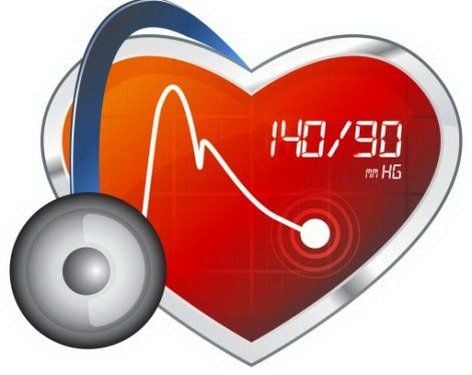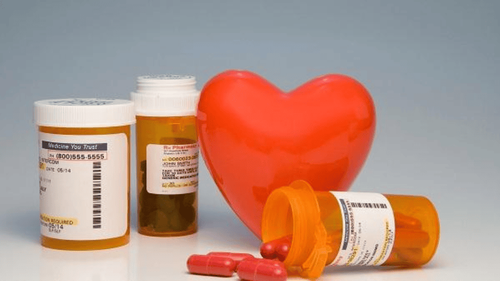This is an automatically translated article.
The article was written by MSc La Thi Thuy - Interventional Cardiologist, Cardiology Center - Vinmec Central Park International General HospitalAccording to data from the World Health Organization, hypertension is more and more common, causing 7.1 million deaths each year (equivalent to 13% of total deaths) and accounting for 4.5% of global diseases. bridge. The prevalence of hypertension is projected to increase to 29.2% (1.5 billion patients) by 2025.
1. What is hypertension?
In Vietnam, according to 2010 survey data, 25.1% of people over 25 years old have high blood pressure (about 5 million people). The danger is that of those with hypertension, only 19% are well controlled, while 81% are not interested and neglect in treatment.Blood pressure is the pressure the blood exerts on the walls of the vessels. Systolic blood pressure is the maximum pressure in the arteries when the heart beats to pump blood out of the aorta. Diastolic pressure is the arterial pressure when the heart is dilated to its maximum to receive blood from the pulmonary artery.
According to the World Health Organization and the World Hypertension Society (WHO/ISH) 1999, adult arterial hypertension is defined as systolic blood pressure greater than or equal to 140 mmHg and/or blood pressure. diastolic pressure greater than or equal to 90 mmHg.
2. How to measure blood pressure for accurate results?
Blood pressure must be measured when the patient is in the most comfortable mental state, completely resting (no previous exertion including eating full, not using stimulants: tobacco, tea, coffee).
If there is only one high blood pressure reading, it does not mean that the patient has high blood pressure. Blood pressure will change throughout the day. It may be high for a short time if the patient is anxious, stressed, or has recently exercised.
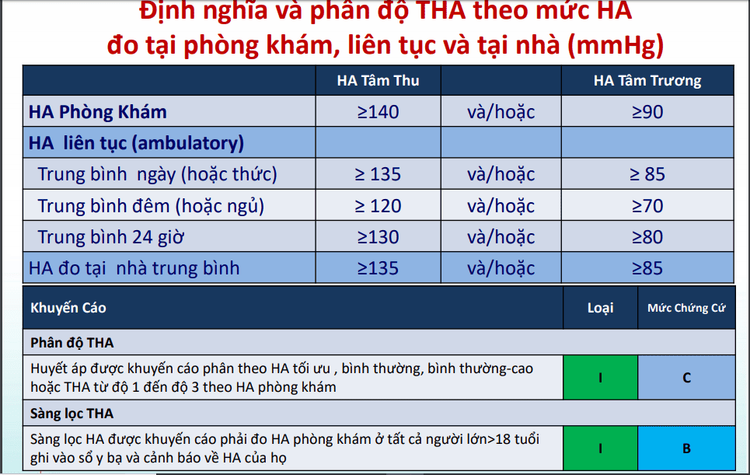
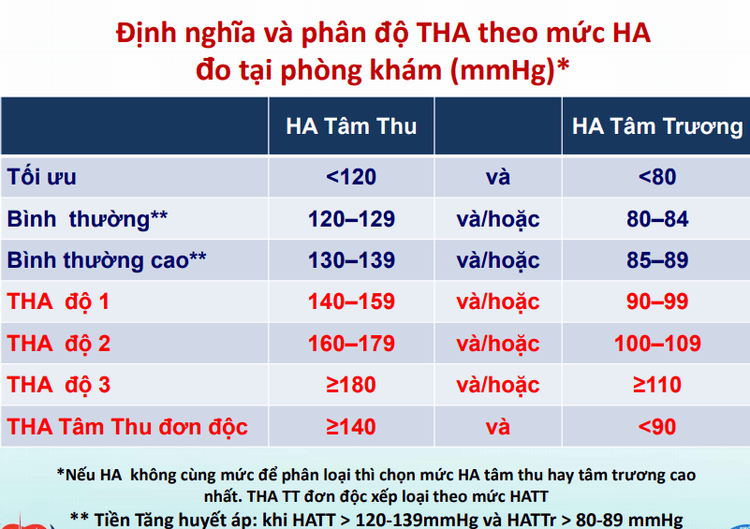
3. Is high blood pressure dangerous and why is it important to control it?
Hypertension is known as the “silent killer” because early-stage hypertension often has no significant symptoms. Therefore, patients are very subjective and only accept examination and treatment when complications have occurred.
The disease can manifest with symptoms such as headache, flushing or hot flushing, chest tightness... And the consequences of uncontrolled high blood pressure for a long time will damage blood vessels, causing many complications. effects on target organs such as heart, brain, kidneys, eyes... and promote atherosclerosis development.
On the contrary, atherosclerosis makes hypertension more severe, putting the patient into a pathological spiral. These complications severely affect the patient, causing disability or death. There is a lot of evidence about the consequences of hypertension on public health as well as socioeconomic.
4. Is it possible to control blood pressure by non-drug methods?
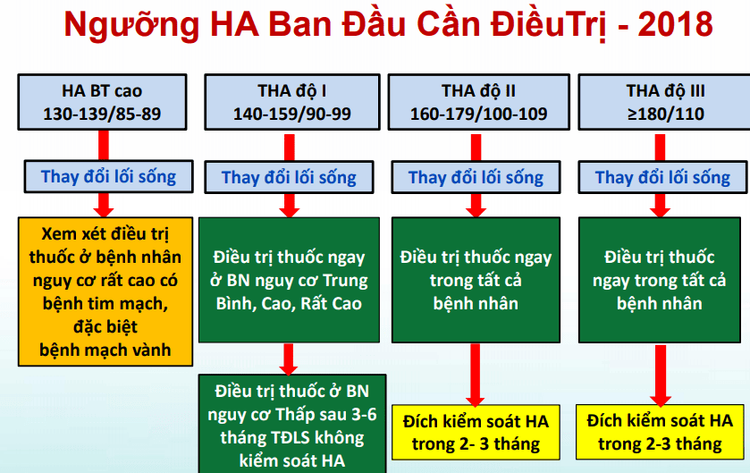
Once a diagnosis of hypertension is made, the first intervention for the patient is lifestyle changes (regardless of the stage of hypertension) and/or concomitant medication depending on the stage of hypertension. .
Nonpharmacological treatment of hypertension is generally recommended for patients with high normal blood pressure (except in patients at very high risk for cardiovascular disease) and/or grade 1 hypertension. , no cardiovascular complications and target organ damage
Lifestyle changes include a reasonable diet, maintaining an ideal weight, limiting stimulants (alcohol, beer, coffee ..) , increase physical activity, quit smoking
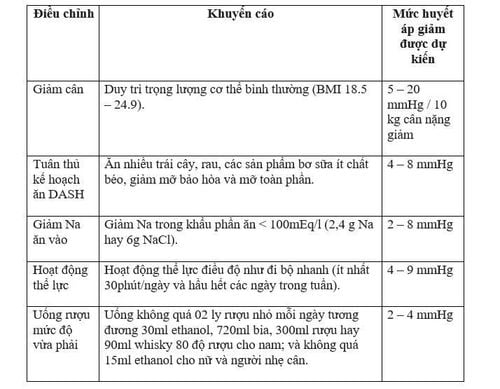
The effectiveness of non-pharmacological treatment of hypertension depends very much on the patient's compliance, and the patient needs to be monitored, long-term disease management and treatment under the guidance of the doctor to reduce complications and to maintain a healthy blood pressure level.
Customers can directly go to Vinmec Health system nationwide to visit or contact the hotline here for support.








